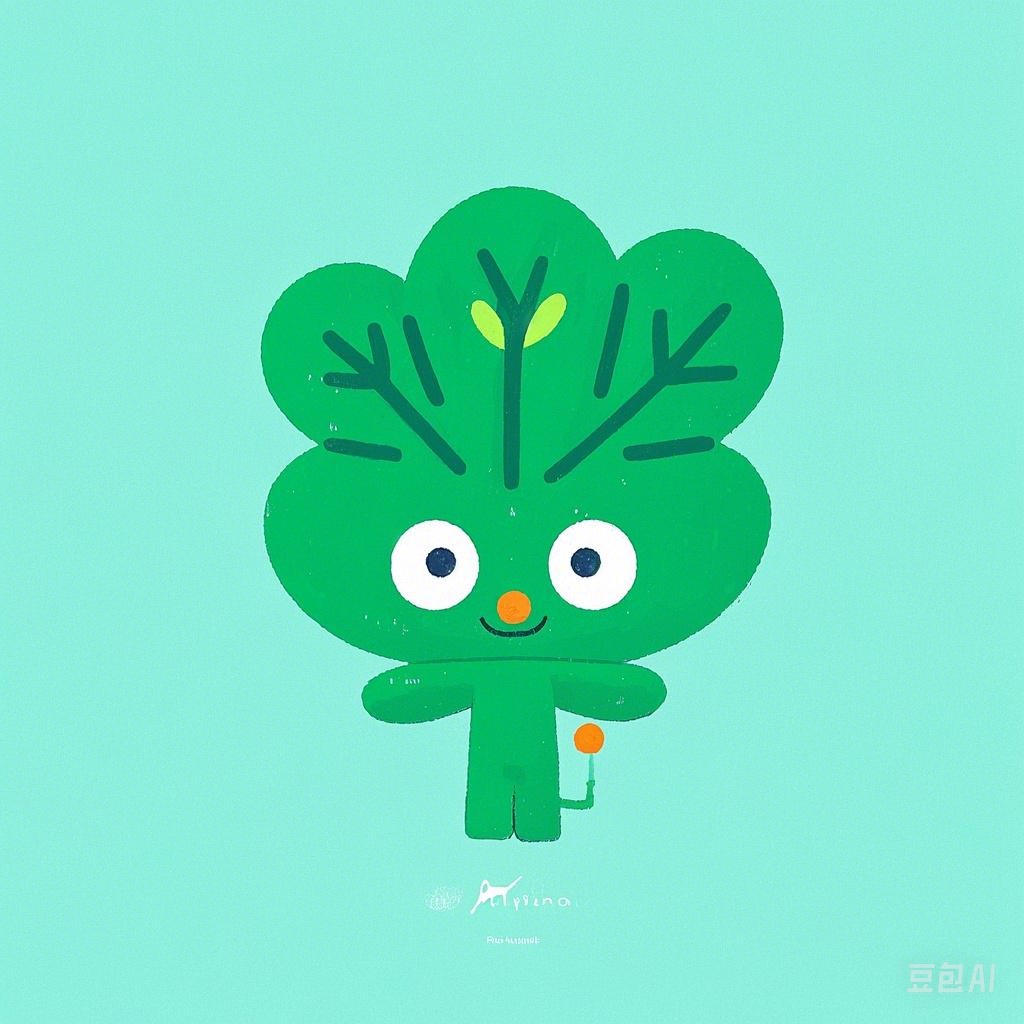Writing engaging eco-animated stories is a blend of creativity, environmental awareness, and storytelling skills. These stories not only entertain but also educate and inspire audiences to take action towards environmental sustainability. In this guide, we will explore the secrets behind crafting captivating eco-animated stories, covering various aspects such as character development, narrative structure, thematic elements, and the use of animation techniques.
Understanding the Eco-Animated Genre
What is an Eco-Animated Story?
An eco-animated story is a narrative that focuses on environmental themes, such as climate change, deforestation, pollution, and the importance of biodiversity. These stories often aim to raise awareness, provoke thought, and encourage positive change.
Key Themes in Eco-Animated Stories
- Climate Change: The impact of global warming, rising sea levels, and extreme weather patterns.
- Biodiversity Loss: The extinction of species and the loss of natural habitats.
- Pollution: The effects of pollution on the environment and human health.
- Sustainable Living: Promoting eco-friendly practices and lifestyles.
Character Development
Creating Relatable Characters
Characters in eco-animated stories should be relatable and engaging. They can be animals, humans, or even abstract concepts like “The Ocean” or “The Forest.” Here are some tips for character development:
- Backstories: Give your characters a background story that explains their motivations and actions.
- Personality: Develop distinct personalities that add depth to the characters.
- Growth: Allow characters to grow and change throughout the story, reflecting real-life challenges and triumphs.
Example: “The Bee and the Blossom”
In “The Bee and the Blossom,” the bee, Bree, is an adventurous character that lives in a vibrant garden. She befriends a blossom named Bloom, who is shy and unsure of herself. Together, they embark on a journey to save their home from a looming threat of pesticides.
Narrative Structure
Building a Compelling Plot
A strong narrative structure is essential for an engaging eco-animated story. Here are some key elements:
- Introduction: Introduce the main characters and the setting, and present the central conflict.
- Rising Action: Present a series of challenges and setbacks that the characters must overcome.
- Climax: Reach the peak of the story, where the main conflict is resolved.
- Fallout: Conclude the story with a resolution that reflects the themes of the story.
Example: “The Last Leaf”
In “The Last Leaf,” a young girl named Lily discovers that the last leaf on her tree is dying. She embarks on a mission to save the leaf, which represents hope and resilience. Along the way, she learns the importance of caring for the environment and the interconnectedness of all living things.
Thematic Elements
Integrating Environmental Messages
Eco-animated stories should subtly integrate environmental messages without being didactic. Here are some ways to do this:
- Symbolism: Use symbols to represent environmental themes, such as a river to represent life or a mountain to represent strength.
- Metaphors: Use metaphors to compare environmental issues to everyday situations.
- Dialogue: Incorporate dialogue that reflects the characters’ understanding of environmental issues.
Example: “The Whispering Woods”
In “The Whispering Woods,” the trees of the forest communicate with each other, sharing stories and warnings. The main character, a young boy named Ethan, learns from the trees about the importance of preserving the forest and the consequences of ignoring the signs of environmental degradation.
Animation Techniques
Visual Storytelling
Animation techniques can enhance the storytelling experience by conveying emotions and themes visually. Here are some tips:
- Color Palette: Use a color palette that reflects the mood and theme of the story.
- Animation Style: Choose an animation style that complements the story’s tone, whether it’s realistic, cartoonish, or abstract.
- Motion: Use motion to emphasize the story’s themes, such as using slow motion to convey the importance of time or fast motion to show the urgency of a situation.
Example: “The Blue Whale’s Lament”
In “The Blue Whale’s Lament,” the animation style is watercolor, which gives the story a dreamlike quality. The motion of the water and the gentle movements of the blue whale convey the beauty and fragility of the ocean, while the occasional sudden movements of garbage and fishing nets emphasize the dangers facing marine life.
Conclusion
Writing engaging eco-animated stories requires a combination of creativity, environmental awareness, and storytelling skills. By focusing on character development, narrative structure, thematic elements, and animation techniques, you can create captivating stories that not only entertain but also inspire audiences to take action towards environmental sustainability.
